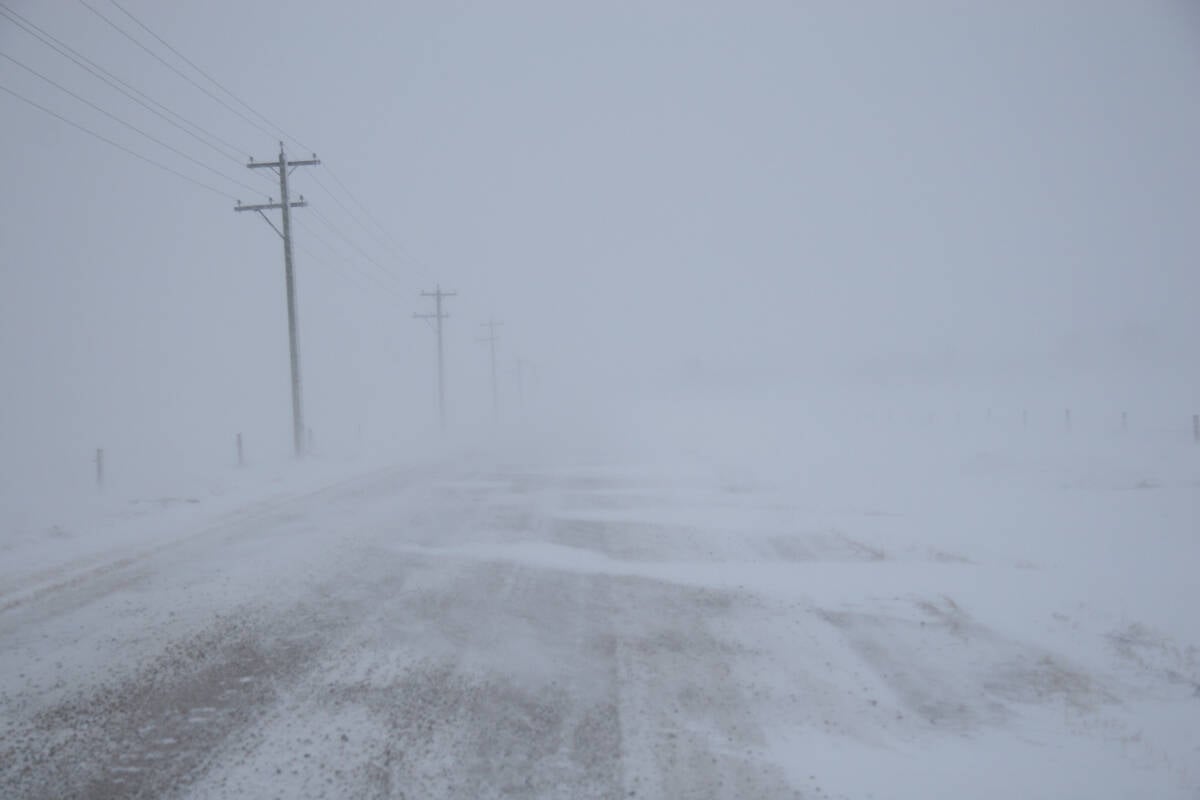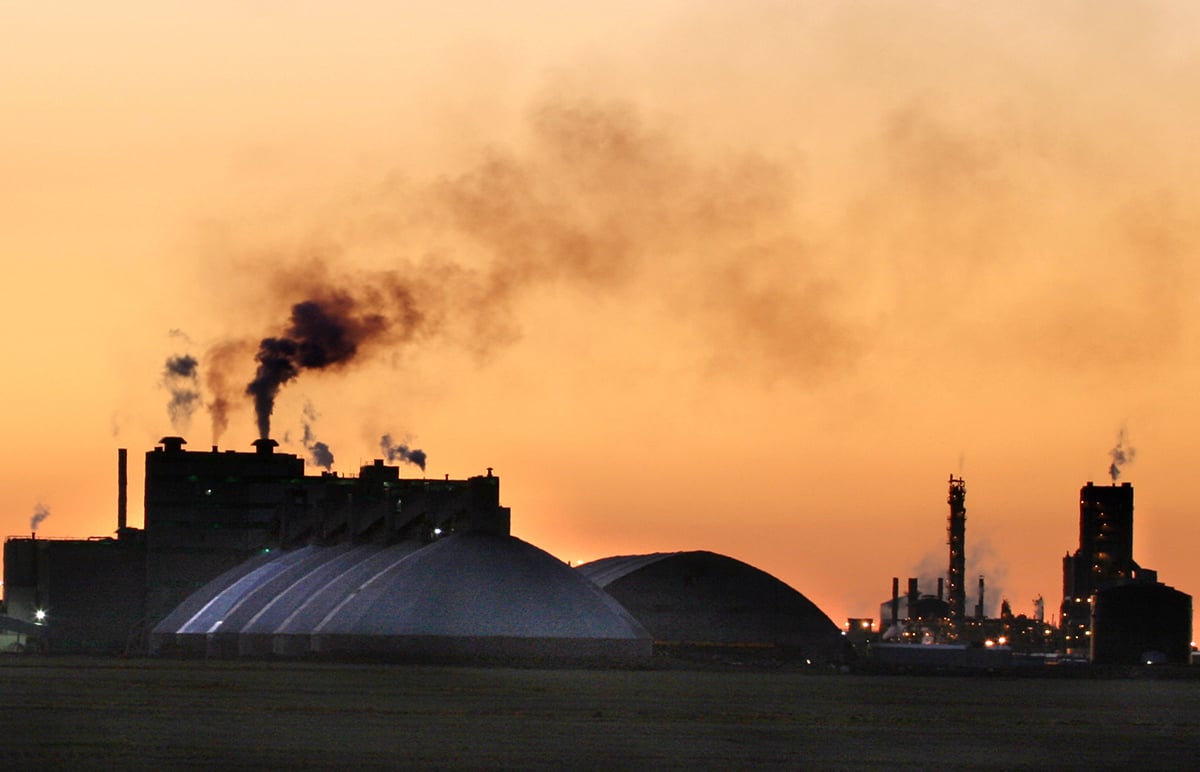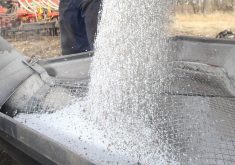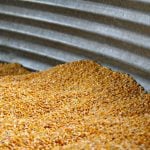With grain prices much lower than in recent years and inputs high and in cases rising further, it will be difficult to fund farm operating costs this year, let alone fixed costs.
The trade policy issues between Canada, the United States and China that are restricting oilseed flow make the situation worse.
I expect there will be increasing demands for governments to recognize the strain and do something about it.
Read Also

Volatile temperatures expected for this winter
DTN is forecasting a lot of temperature variability in the Canadian Prairies this winter. Precipitation should be close to average.
In Canada, Mark Carney’s Liberal government announced minor initiatives to address the impact from China’s tariffs on canola and its products, including expanding the advance payments program for the oilseed, supporting increased domestic renewable diesel production and money for market diversification.
This was in addition to the longstanding business risk management programs.
However, Ottawa has not specifically addressed farm input inflation.
So it was interesting to note that U.S. agriculture secretary Brooke Rollins in a Sept. 25 speech focused a lot on the cost-price squeeze.
The most interesting part of the speech was her announcement that the departments of agriculture and justice would work together to investigate competitive conditions in the agriculture marketplace, identifying possible antitrust violations.
She specifically noted foreign companies are active in the U.S. farm supply sector and echoed the president’s opinion that foreign entities are taking advantage of the United States.
A lot of fertilizer used in the U.S. is imported, including from Canada.
Consolidation in the agricultural supply sector has been a concern for a long time.
Rollins blamed the former Biden administration for the inflation that plagued agriculture and the rest of the economy in recent years.
However, it should be noted that Biden also instituted competition programs in 2021 and 2023, including a commitment to “crack down on price-gouging and other anti-competitive practices in food and agricultural markets.”
Promoting competition and cracking down on anti-competitive practices are well and good, but experience shows that consolidation, with the big getting bigger, is an unstoppable trend in capitalist economies.
Also, while corporate profit margins impact the retail price of farm inputs, often a far bigger influence comes from supply and demand, supply chains, government policy and international events.
Fertilizer is a prime example.
In particular, nitrogen urea is an internationally traded commodity with much disruption in recent years that has drastically increased its price.
Russia’s invasion of Ukraine and all the energy and trade disruptions associated with it, including the destruction of the Nord Stream gas pipeline, was the biggest shake-up. Natural gas is the main cost component of urea production.
Also, China stopped exporting urea last year, and the violence between Israel and Iran has restricted at times Middle East urea production and exports.
European urea production has partly recovered from the disruptions from Russia’s invasion of Ukraine but is still down about 25 per cent, or three million tonnes, from where it should be.
China exported about five million tonnes of urea in recent years but exported almost nothing last year and into this year, holding product at home to guarantee low prices for its farmers.
This caused international shortages of the fertilizer, and that affects North American prices because the U.S. imports close to half its urea needs, 5.6 million tonnes in 2024, a significant part of it from Russia.
Canada is also a net nitrogen fertilizer importer.
The imported urea price at the port of New Orleans went from US$200 to $300 per short ton in 2019 to about $1,000 in 2022 and is now near $400.
Those prices help determine domestic prices, which are much higher at the farmgate.
Alberta Agriculture’s farm input survey for June said a tonne of urea cost C$1,038, up from $833 the previous year and $550 in June 2019.
Phosphate prices are also extremely high because of international issues, key among them China’s decision to reduce exports to conserve supply for its farmers and its huge battery manufacturing sector.
The world needs more fertilizer production, and the closer to home, the better.
Canada is a leader in potash and will see production expansion with the new BHP mine and the K+S expansion.
However, we could and should increase nitrogen fertilizer production — we have lots of natural gas — and create a phosphate industry.
The federal government would be wise to include them in its nation-building major projects list. Also, it needs to consider how to reduce the competitive disadvantage that comes from the industrial carbon program.
The Genesis Fertilizer nitrogen project at Belle Plains, Sask., needs streamlined approvals.
Fox River Resources’ Martison Phosphate Project near Hearst, Ont., should also get priority treatment. Ottawa added phosphate it its list of critical minerals and must recognize its importance not just in battery production, but also for agriculture.















